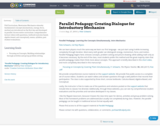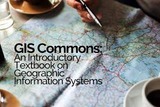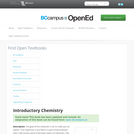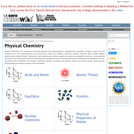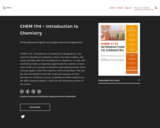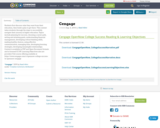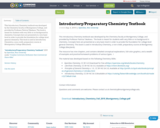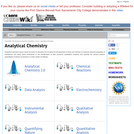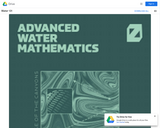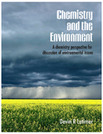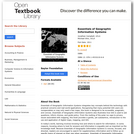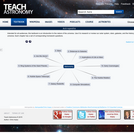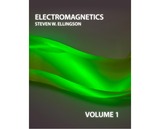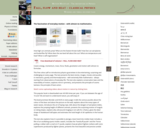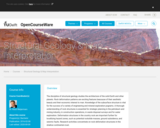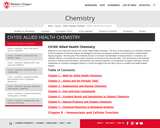
This book is a journey through the world of physics and cosmology, and an exploration of our role in this universe. We will address questions such as: What if the force of gravity were a little stronger? What if there were more of fewer atoms in our universe? What if Newton and not Einstein had been right? Would we still be here? Can the universe exist without us to observe it? Can chance explain the world around us, as well as us?
The purpose of this book is to phrase these questions and pursue the consequences of potential answers through rigorous scientific reasoning; in the process we will learn how the very small and the very large are interconnected, and even how we can affect events that happened six billion years ago.
Licensed CC-BY-4.0 with attribution instructions on page 2 of the document.
Table of Contents
Introduction 7
The fundamental forces 10
The force of gravity 18
What if … the force of gravity were different? 23
The electric and magnetic forces 26
The electric force 27
What if … the electric force were different? 39
The magnetic force 48
What if … the magnetic force were different? 58
The strong and weak forces 59
What if … ? 65
How do forces work? 74
The history of the universe 85
What if … ? 94
The history of our species 106
Odds 124
The building blocks of the universe 128
What if … ? 140
Dark energy 150
What if … dark matter were more interesting? 159
When you do not look…. 162
Manifestations of the wave nature of matter 169
The delayed choice experiment: Affecting the past 186
What if … ? 191
The story so far 195
Unification and our role 199
Fine-tuning? 214
The Multiverse and aliens 226
The laws of physics 234
The Anthropic Principle and Puddle Theory 237
Post mortem 249
Further reading and chapter notes 251
- Subject:
- Astronomy
- Physical Science
- Physics
- Material Type:
- Textbook
- Author:
- Lanika Ruzhitskaya
- Wouter Montfrooij
- Date Added:
- 01/01/2018


